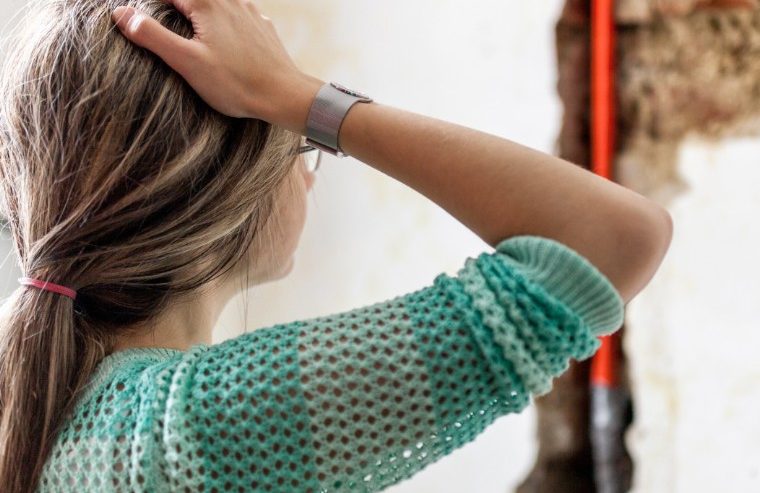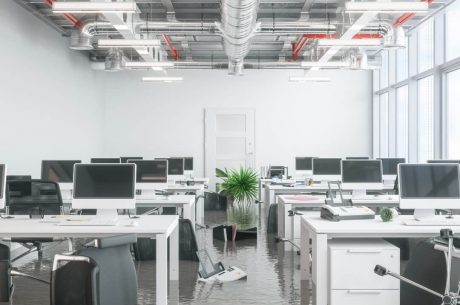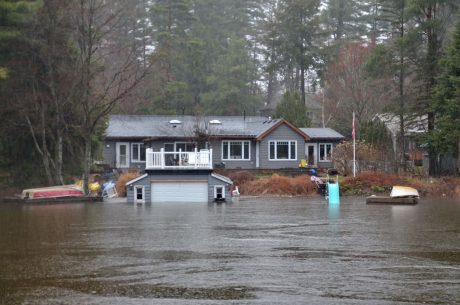Water damage can be a nightmare for homeowners, leading to costly repairs and potential health hazards if not dealt with promptly. Addressing such issues as soon as they arise is crucial to safeguarding your home and well-being. Whether it’s a leaky basement, a burst pipe, or flooding, understanding how to handle water mitigation is crucial.
In this article, we’ll explore whether you can tackle water mitigation yourself and when it might be best to call in the professionals. We’ll dive into the intricacies of the process and provide insights on both DIY approaches and professional services.
Why is Water Mitigation Important?
Water can cause extensive damage to your home, affecting structural elements like walls, floors, and ceilings. This not only compromises the integrity of your home but can also impact its aesthetic appeal and market value. It can also promote mold growth, which can pose health risks to you and your family. Mold spores can lead to respiratory issues, allergies, and other health problems, especially in sensitive individuals. Effective water mitigation helps to:
- Minimize property damage by addressing water intrusion swiftly and efficiently.
- Prevent mold growth, thereby safeguarding your family’s health and maintaining indoor air quality.
- Reduce repair costs, as timely intervention can prevent more extensive and expensive repairs.
- Ensure a safe and healthy living environment by eliminating the risks associated with dampness and structural instability.
DIY Water Mitigation: Is It Possible?
When faced with water damage, many homeowners wonder if they can handle the mitigation process themselves. The idea of saving on costs and having control over the repair process can be appealing. While there are some situations where DIY methods can be effective, there are also times when professional water damage restoration services are necessary. Understanding the scope and severity of the water damage is key to determining the right course of action.
When to Consider DIY Water Mitigation
If the water damage is minor and localized, you might be able to handle the mitigation on your own. These situations often involve limited risks and can be managed with basic tools and a bit of elbow grease. Here are some scenarios where DIY might be sufficient:
- Small Leaks: If you have a small leak, such as a dripping faucet or a tiny crack in a pipe, you can often fix it yourself with basic tools and sealants. These minor issues, if caught early, can be resolved quickly, preventing them from escalating into major problems.
- Quick Response: If you catch the water intrusion early and can act quickly, you can often prevent significant damage. Use towels, mops, and fans to dry out the area. This rapid response can halt the progression of damage and keep costs low, while also preventing conditions conducive to mold growth.
- Minor Flooding: In cases where the flooding is minor and confined to a small area, like a basement corner, you may be able to pump out the water and dry the space using household equipment. This approach works well when the water source is clean, and the affected area is manageable without professional-grade equipment.
Tools and Materials You May Need
For DIY water mitigation, you’ll need some essential tools and materials. Being well-equipped can make the task more manageable and effective:
- Wet/dry vacuum or water pump: These are invaluable for removing standing water quickly.
- Dehumidifier and fans: Critical for drying the area thoroughly and preventing mold growth by reducing moisture levels.
- Cleaning supplies (bleach, detergents): Essential for sanitizing the affected areas and preventing the spread of bacteria and mold.
- Protective gear (gloves, masks): To keep yourself safe from contaminants and potential health hazards.
- Sealants and patching materials: Handy for repairing minor leaks and sealing cracks to prevent future water intrusion.
When to Call the Professionals
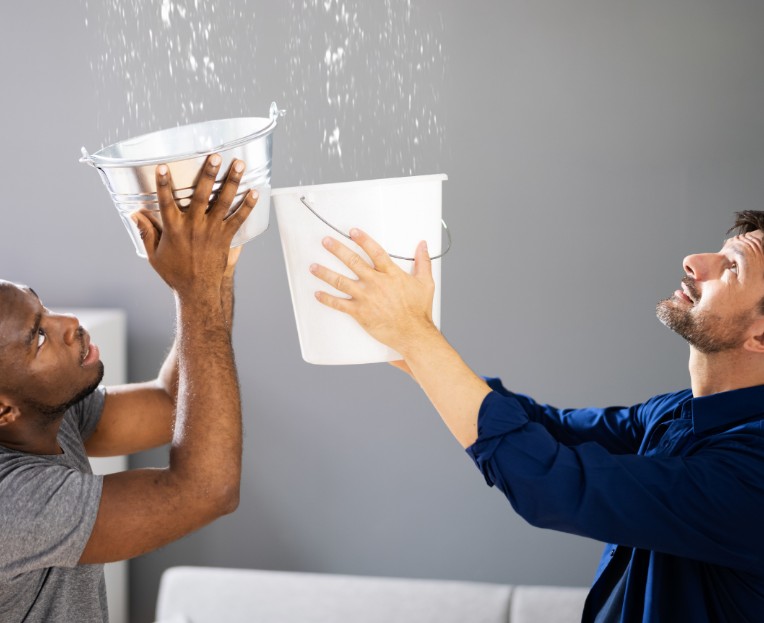
While DIY water mitigation can work for minor issues, there are times when professional intervention is necessary. Professional services bring expertise and advanced equipment that can handle complex situations efficiently and safely. Here are situations where hiring water damage restoration services is recommended:
Extensive Water Damage
When water damage affects a large area or multiple rooms, it can be challenging to manage on your own. The complexity and scale of such damage often require professional intervention. Professionals have the equipment and expertise to handle extensive damage efficiently. They can assess the full scope of the damage and implement comprehensive mitigation strategies.
Contaminated Water
If the water involved is contaminated, such as sewage backup or floodwaters, it’s crucial to call professionals. Contaminated water poses significant health risks and requires specialized handling. They have the necessary safety gear and know-how to handle hazardous materials safely, ensuring that your home is thoroughly decontaminated and safe for occupancy.
Mold Growth
If you notice mold growth, it’s a sign that the water damage has been present for some time. Mold can spread rapidly and requires careful remediation to prevent it from recurring. Mold remediation requires specialized treatment to ensure complete removal and prevent recurrence. Professionals have the training and equipment to handle mold effectively, safeguarding your health and home.
Structural Damage
Water can weaken the structural integrity of your home. Hidden damage to beams, supports, and other structural components can pose serious risks. If you suspect structural damage, it’s essential to have professionals assess and repair the situation to ensure your home’s safety. Their expertise ensures that all damage is identified and repaired, maintaining the safety and value of your property.
The Benefits of Hiring Professional Water Damage Restoration Services
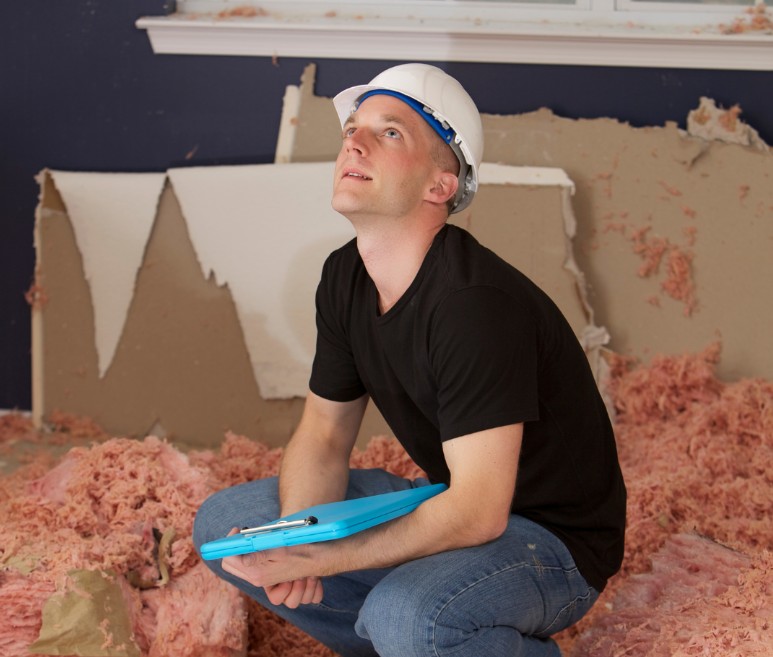
Professional water damage restoration services offer several advantages. These benefits can make a significant difference in the outcome of your water damage situation:
- Expertise: Trained professionals have the skills and experience to assess the damage accurately and implement the most effective mitigation strategies. Their knowledge ensures that all aspects of the damage are addressed.
- Advanced Equipment: Professionals use specialized equipment, such as industrial-grade dehumidifiers and moisture meters, to ensure thorough drying and restoration. This equipment is often beyond the reach of DIY efforts.
- Comprehensive Solutions: Restoration services often provide a complete solution, from water extraction and drying to repairs and mold remediation. This all-in-one approach can save time and reduce the stress of managing multiple contractors.
- Insurance Assistance: Many restoration companies can help navigate the insurance claims process, ensuring you receive fair compensation for your damages. Their experience with insurance companies can facilitate smoother claims and quicker resolutions.
Steps Involved in Professional Water Mitigation
Here’s a typical process that professional water mitigation may involve. Understanding these steps can help you appreciate the thoroughness of professional services:
- Assessment and Inspection: Professionals assess the extent of the damage and develop a plan of action. This initial step is crucial for identifying all affected areas and planning effective mitigation.
- Water Extraction: Using powerful pumps and vacuums, they remove standing water from the affected areas. Swift water removal helps prevent further damage and begins the drying process.
- Drying and Dehumidification: High-speed air movers and dehumidifiers dry out the space thoroughly to prevent mold growth. This step ensures that all moisture is removed, not just the visible water.
- Cleaning and Sanitizing: The area is cleaned and sanitized to remove any contaminants or hazardous materials. This ensures a safe environment and prevents health issues.
- Restoration: Professionals repair or replace damaged materials, restoring your home to its pre-damage condition. This step may involve structural repairs, drywall replacement, and other necessary restorations.
Conclusion: DIY or Professional Help?
Deciding between DIY and professional water mitigation depends on the scope of the damage—but acting quickly is always critical. While small leaks might be manageable on your own, larger issues, contaminated water, or structural risks call for professional expertise.
If you’re facing water damage in Burlington, don’t wait; contact our team at PuroClean of Burlington. Our certified team is equipped to respond fast, contain the damage, and restore your property with precision and care. Call now for emergency water mitigation and restoration services you can trust.
